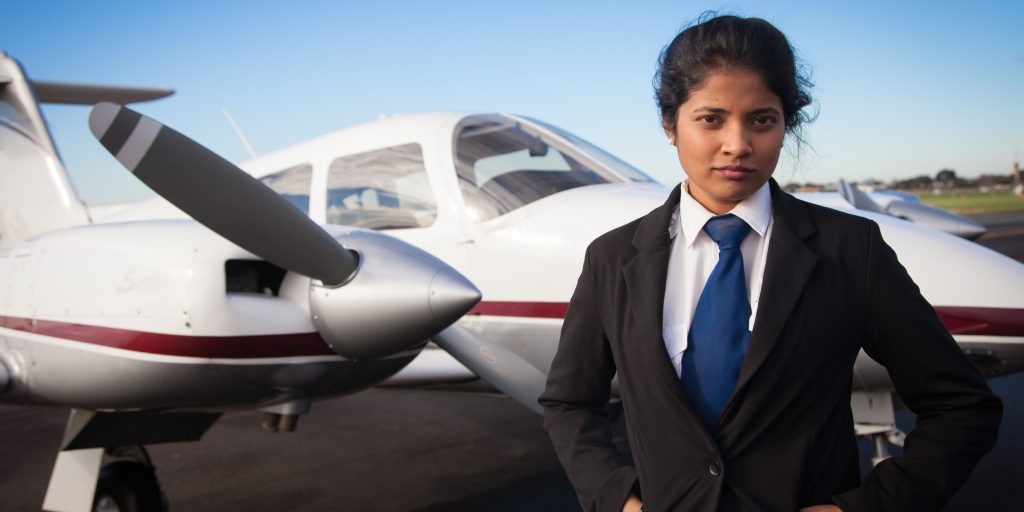
Career Pilot Demand Forecast for 2023
This is an opportune moment to embark on a career as an airline pilot, with the current landscape offering unprecedented prospects. The soaring demand for skilled pilots stems from various critical factors, paving the way for a promising future for aspiring pilots undergoing training today.
According to the FAA’s 2022-2042 Aerospace Forecast, the shortage of airline pilots remains an ongoing concern set to persist. Boeing’s Pilot & Technician Outlook underscores the need for 128,000 pilots in North America, elucidating the potent drivers behind the global pilot deficit: the contrast between retiring airline pilots and the influx of new trainees, coupled with escalating air travel demand and record-breaking passenger numbers.
The impending retirement of seasoned airline pilots, reaching the mandatory age of 65, is a pivotal catalyst propelling the demand for fresh talent. Over the next two decades, a staggering 80,000 airline pilots are anticipated to retire. United Airlines foresees half of its 12,500 pilots retiring within the next ten years, necessitating the recruitment of 10,000 pilots during this span to accommodate growth. Similarly, American Airlines envisions 7,200 of its 15,000 pilots retiring within a decade. Notably, the rebounding demand for air travel in North America post-coronavirus restrictions has accentuated the pilot scarcity in the region, projected to intensify over the decade, leaving a deficit of nearly 30,000 pilots by 2032.
The surge in consumer air travel demand, a consequence of economic expansion, has prompted aircraft manufacturers to project significant growth in their commercial jet fleets to cater to this upswing.
The Boeing Pilot & Technician Outlook, a trusted reference for over 100 aviation regulatory agencies globally, foresees the aviation industry needing to supply over 602,000 commercial airline pilots worldwide over the next two decades. The Boeing Current Market Outlook underscores a staggering market value of $7.2 trillion for new airplane deliveries, with the global fleet witnessing an 80% surge through 2041 compared to pre-pandemic levels in 2019. The commercial services sector aiming to meet this soaring demand is estimated to be worth $3.6 trillion.
Airbus forecasts a twofold increase in the demand for new passenger and freighter aircraft in the next 20 years. A requirement for 39,500 new aircraft is anticipated, with 60% earmarked for expansion and 40% for replacement purposes.
In the realm of top aircraft manufacturers, Embraer takes the lead, having produced over 5,000 aircraft. Their Market Outlook anticipates a demand for 10,950 new aircraft seating up to 150 passengers in the forthcoming two decades, constituting a market valued at $650 billion. This projection aligns with Embraer’s anticipation of a 3.2% annual rise in air transport demand through 2041.
Numerous airlines are actively recruiting pilots and grappling with a scarcity of qualified professionals. To entice pilots, many regional carriers are offering incentives like tuition reimbursement, appealing bonus packages, and pathways to transition directly from ATP at 1,500 hours to the cockpit of Airbus or Boeing aircraft. The past year alone witnessed airlines hiring 1,174 ATP graduates, a trend expected to gain momentum throughout 2023.
In this context, initiatives like flight school loans hold a pivotal role in addressing the burgeoning pilot shortage, facilitating the training of prospective pilots, and bolstering the industry’s capability to meet escalating demands head-on.
Are you driven by a genuine passion for aviation and do you have aspirations of becoming a pilot? Stratus Finance is committed to helping you achieve your dreams through our flight school loans. Whether you’re currently contemplating flight training or are already well on your way, we offer flexible financing options customized to meet your individual needs.
